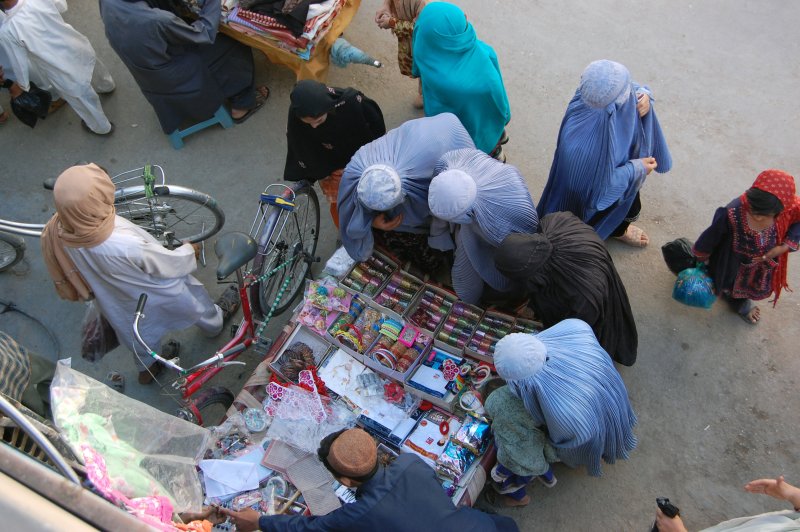Gas production starts in Pakistan, where a regional lender sees strains from a crumbling energy sector. File photo by Matiullah Achakzai/News Lens Pakistan
Nov. 6 (UPI) -- Austrian energy company OMV said it started producing gas for Pakistan, years after the initial discovery and as the country copes with chronic energy issues.
OMV, which its working alongside private and state-backed Pakistani energy companies, said it started producing gas from the Sofiya field, four years after the initial discovery.
"The Sofiya-2 well was successfully commissioned without any incident," the company stated.
The well can produce as much as 15 million cubic feet of gas and 1,400 barrels of an ultra-light petroleum production called condensate per day. With about 27 trillion cubic feet of natural gas, Pakistan has enough on hand to address demand for about 20 years.
Pakistan consumes most of the natural gas it produces and the country has faced power issues because of aging infrastructure. According to the Asian Development Bank, Pakistan's power sector has a gap between supply and demand of about 5,000 megawatts, which has put significant pressure on the prospects for economic growth.
The ADB described the status of the energy sector in Pakistan as "crippling."
Pipelines slated for future development may help address shortages, though many of those projects depend in part on Iran or Afghanistan, where geopolitical issues may inhibit development.
The International Monetary Fund said regional growth is expected to slow down in part because of the spillover from the lack of oil exports from members of the Organization of Petroleum Exporting Countries. Regional growth last year was around 5 percent, expected to be about 2.6 percent this year and pick up to 3.3 percent in 2018.















